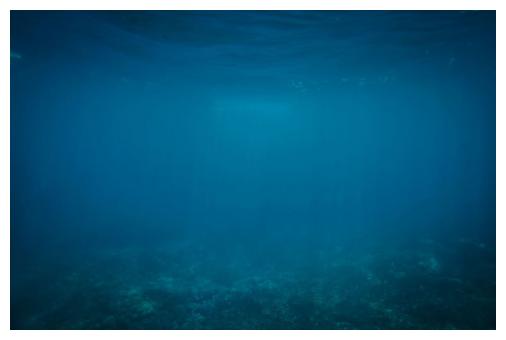What happens in the deep ocean? Implications for the Mediterranean Sea
The seminar will discuss the necessity to set up a new formulation of the ocean bottom mixing, able to fill the knowledge gap for the case of the Mediterranean, following Ferrari's approach and considering new data that are exploring the deep dynamics.
| Tipo di evento | Seminari |
|---|---|
| Partecipazione | Evento in presenza |
| Inizio | 22/12/2020 - 14:00 |
| Fine | 22/12/2020 - 16:00 |
| Link utili | |
| Documenti |
Seminario in modalità telematica del dott. Vincenzo Artale
Zoom Meeting ID: 817 0784 1598
Passcode: 666353
Abstract
The ocean is an integral component of the Earth's climate system. Heat and CO2 are absorbed at the ocean's surface and transported throughout the ocean depths by overturning circulation. Exchange across the ocean's turbulent surface boundary layer can happen rapidly, in hours or days, and significant exchange of water between the boundary layer and the stratified main thermocline occurs over timescales of years to decades.
On the other hand, deep water takes many decades to millennia to return to the surface, acting as long-‐term storage for heat and CO2 and thereby lessening the near-term impacts of climate change. The understanding of mechanisms and rates that control the bottom flows is crucial for quantifying re-transfer towards the upper layers of the energy, stored at the seafloor (de Lavergne et al., 2016).
From a theoretical point of view, the relevance of the bottom dynamics was re-evaluated by the recent paper by Ferrari et al. (2016) in which the complex interplay between downward and upward energypropagation updated the original vision of Munk (1966).
These processes are significantly affecting the ocean system as a whole and could contribute to acceleratethe rising climate trends such as thermohaline circulation, sea‐level rise, and ocean acidification. The Mediterranean basins can be taken as a good example to explore this physical mechanism. The amount of mechanical energy required for the mixing to occur is believed to be small due to the lack of strong tides and low winds in the Mediterranean. Therefore, little attention has been given to direct mixing measurements in the Mediterranean Sea until Ferron et al. (2017) estimated the role of the diapycnal mixing via a unique set of full-depth microstructure profiles in the western Mediterranean, sampled mainly in 2013 and 2014.
Recently in the Ionian Sea was observed a significant positive shift of the ocean heat content between 4000 and 2000m during the period 1977-2011, due to the variability of the stratification between 2000 and 4000m depth created by the quasi‐‐periodical ventilation of the deep layers of two different source of deep water originated from the Adriatic and the Aegean Sea, respectively (Artale et al., 2018). These results have heat storage exceptionally well spread throughout the abyssal layers twice higher than that assessed globally in the same period due to the greenhouse effect. Besides, this heat will be progressively released from deep layers to the upper layers acting as positive feedback inducing variability of the circulation and influencing the ability of the ocean to retain and transform CO2. At a more local scale, in Vladoiu et al. (2019) the small-scale turbulence measurement along two main deep passages of the Sicily Channel has confirmed that the Sicily Channel is ahotspot for turbulence that strongly influences the hydrological exchange among the east and west part of the Mediterranean Sea.
From the above, we intend to discuss the necessity to set up a new formulation of the ocean bottom mixing, able to fill the knowledge gap for the case of the Mediterranean, following Ferrari's approach and considering new data that are exploring the deep dynamics (buoys, deep observatories (EMSO), CTDs cast, Deep ARGO, etc.)

